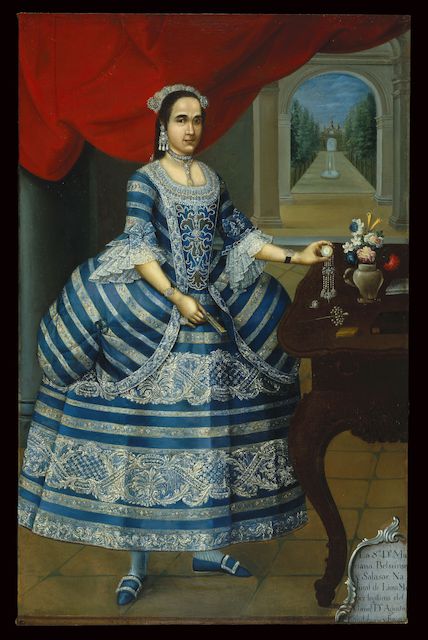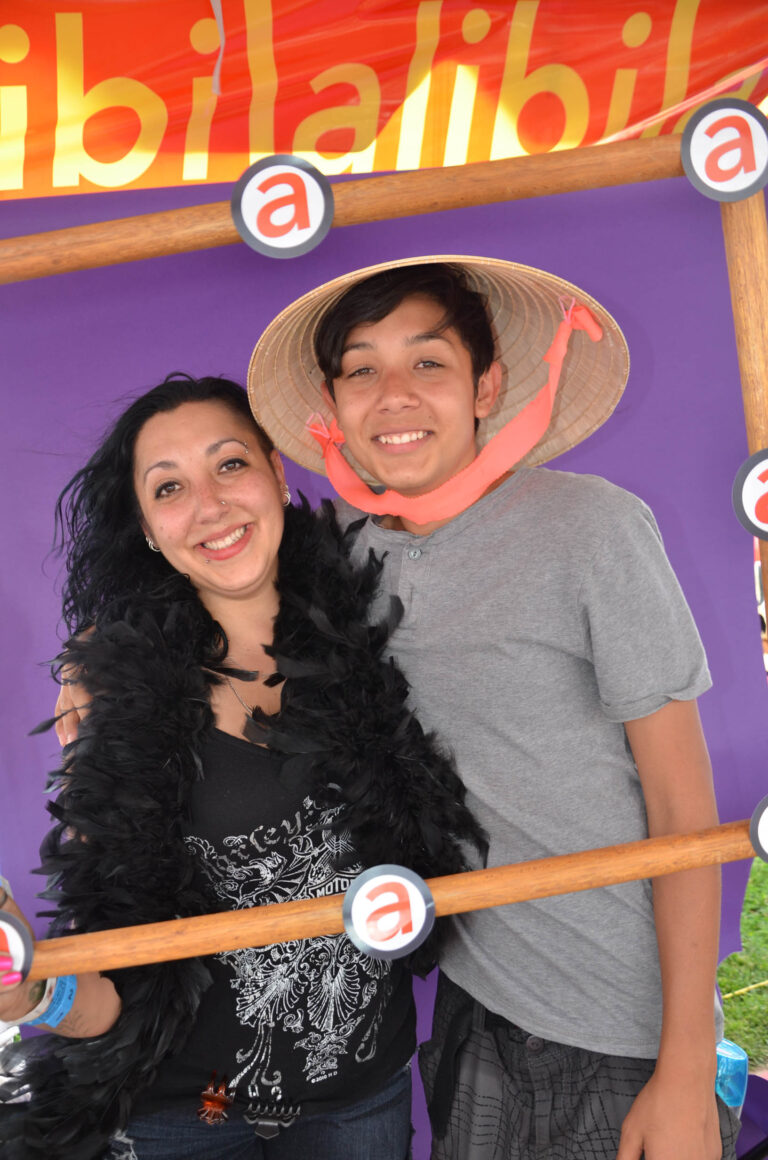For over four centuries, the most powerful people in Spain’s New World—an elite group made up of Creole, indigenous and mixed-race peoples—were as anxious as modern-day celebrities when it came to their social ranking and how they appeared in public. Behind Closed Doors: Art in the Spanish American Home, 1492-1898—an exhibit at the Albuquerque Museum (2000 Mountain Road NW)—explores how the upper classes of New Spain wanted others to view and revere them. These privileged aristocrats anchored themselves in displays of material goods and used portrait painting to legitimize their power. Their elaborate portraits were as telling as snapshots of Hollywood stars spontaneously freezing on the red carpet in all of their self-styled finery. Take Doña Rosa María Salazar y Gabiño, Countess of Monteblanco and Montemar, the Peruvian aristocrat who posed for a painting (attributed to Pedro José Díaz sometime around 1770) in such unsettling ostentation that every inch of her body seems to be sprouting diamonds and pearls. The portrait includes a motley pattern in the upper right-hand corner that represents the combined coat of arms of the countess and her husband—about as subtle as a Prada label. Then there’s Doña Mariana Belsunse y Salasar—an ungainly woman depicted by a Peruvian painter (either José Joaquín Bermejo or Pedro José Díaz) in a giant blue shell of priceless fabric. This discerning woman avoided marriage to the man she was promised to (an old fogy pronounced “uglier than an excommunication”) by entering the convent. Later, when the coast was clear, she reentered society and married her original fiancé’s wealthy nephew—the mayor of Lima. She quickly became one with the “in-crowd,” including the countess of Monteblanco and Montemar, who often frequented her salon. As the catalog for the exhibit—edited by Richard Aste, a curator at the Brooklyn Museum where the show originated—explains, every group in New Spain was out to prove its worthiness in a new world of changing political and racial identities. For example, the Creole elite set out to prove their “limpieza de sangre” (“purity of blood”) in complicated genealogies that illustrated a lack of Jewish or Moorish ancestry. What’s more, as direct descendants of the pre-Hispanic nobility, the Inca elite produced Europeanized portraits of their ancestors in order to put themselves in the right light to gain privileges such as the right to hold office. The blurring of racial lines in New Spain allowed for a greater conversation about what groups are given the right to wield power and a greater anxiety over how various people distinguished themselves from one another. Agostino Brunias, a painter of Italian origin, captured the complexity of the new social rules in his painting “Free Women of Color with Their Children and Servants in a Landscape.” Here we see free gentlewomen of mixed race dressed for a date with leisure—something that never would have gone over in Europe. Brunias’ smudging of color lines may have been a reaction to casta painting—eighteenth-century paintings created in Mexico and meant as clear visual lessons about the racial caste system in the New World for those in Old Spain. These paintings attempted to delineate a clear hierarchy among different social groups and they depicted people as belonging to one distinct racial category or another. (A knee-jerk reaction to anxiety over the mingling of bloodlines.) In 1898, the Spanish-American War ended the empire’s rule of Cuba and Puerto Rico—the last Spanish claims in the Americas. But by this time, the conversation about “new world identity” had already been going on for centuries. Who was who? What rank did you belong to? How could you prove it?Power dresses itself up in many different ways—almost all of them painstakingly deliberate. What comes first, the emperor or the emperor’s clothes? Judging from this exhibit, it’s hard to say.
Behind Closed Doors: Art in the Spanish American Home, 1492-1898Runs through May 18Albuquerque Museum2000 Mountain NW242-4600, albuquerquemuseum.orgHours: Open Tuesday through Sunday, 9am to 5pm






